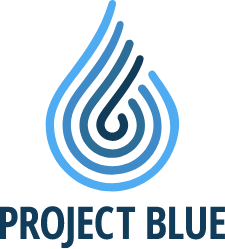Construction magnets and industrial magnets come in a wide range of types, shapes, sizes and strengths. They are utilized across a diverse spectrum of industries for an equally diverse set of purposes. Particular uses of industrial construction magnets depend upon particular requirements.
The Magnetic Materials Producers Association (MMPA) and the Magnetic Distributors and Fabrications Associations (MDFA) set the industry standards for magnet and construction magnet production and testing. It is helpful to refer to their publications when selecting magnets for a particular industry. Some commonly used industrial magnets include permanent magnets, electromagnets, ferrite, samarium, rubber magnets, sheet magnets and neodymium.
The industries that regularly use industrial magnets in their operations are the automobile, electronics, plastics, glass and ceramics, shipping, construction, mining, food and pharmaceutical industries. The transportation industry uses construction magnets and industrial magnets heavily in removing ferrous metal. Magnets are also used in implementing industry safeguards.
Magnets may be used in conveyors, plates, assemblies, separators, magnetized pulleys, tube grates, chutes and cranes as scrap magnets. Construction magnets comprise magnetic sweepers, magnetic brooms and towable magnets. Magnets are required to separate ferrous impurities from non-ferrous matter. They separate metals from ore in the mining industry.
In the food and pharmaceutical industry, magnets pick out any iron particles that might have inadvertently mixed with the food or medications. Magnetic sweepers in airports, docks andconstruction sites pick up any waste iron scrap that would otherwise endanger traffic or puncture tires. By detecting the scrap before any harm is done, they prevent the expense of repairs.







